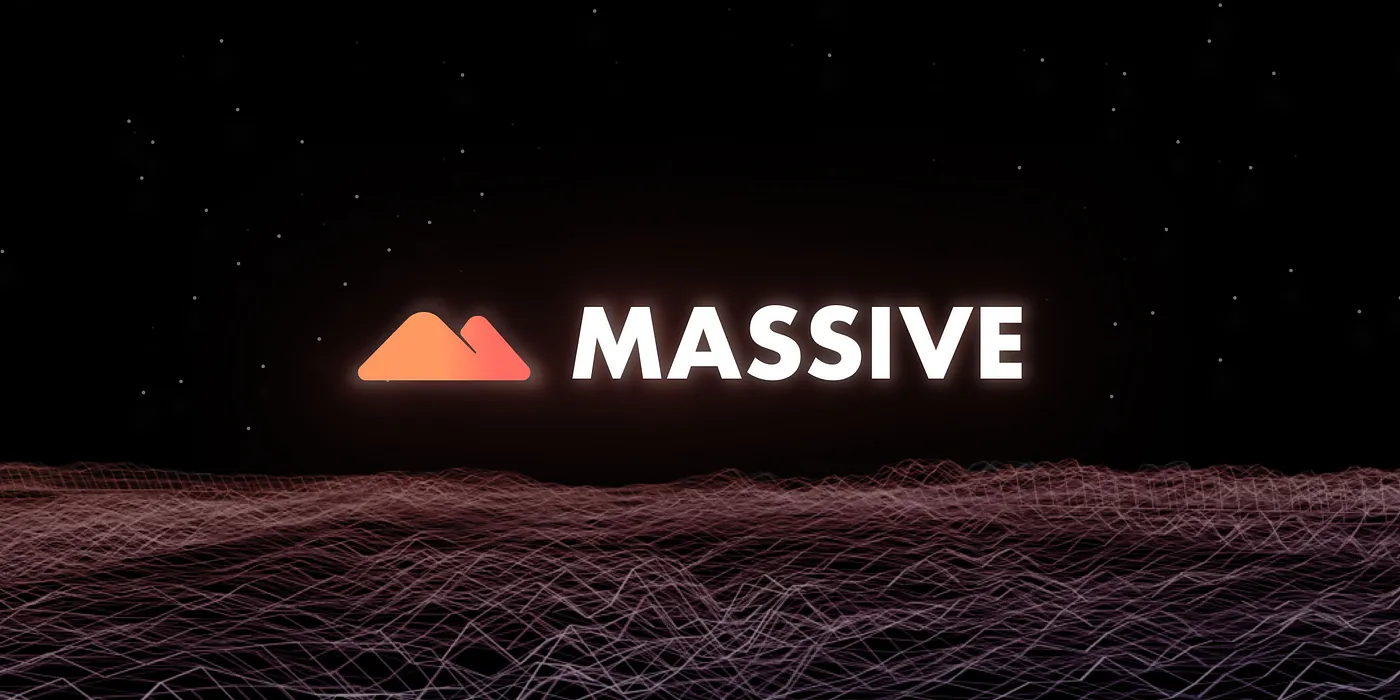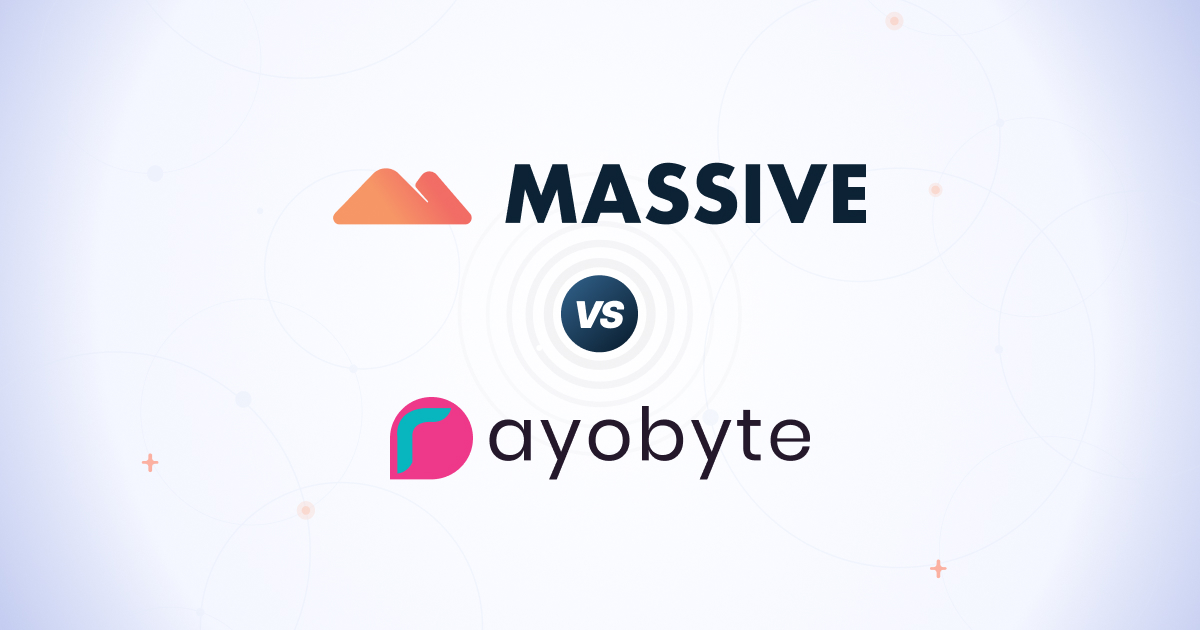How confident are you that the data you're working with is accurate?
Data parsing might seem like just another step in your workflow, but it's crucial for getting reliable results. Whether you're into web scraping for your business or exploring a new personal project, how you parse data can make or break your outcomes.
For those making data-driven decisions, getting parsing right isn't just about gathering data—it's about uncovering insights that push your work forward. This guide covers the basics of data parsing, with practical tips to ensure your scraped data is accurate and useful. We'll also explore whether to build your own parser or invest in a ready-made tool. Whether you're new to this or looking to deepen your knowledge, this guide has you covered.
What is Data Parsing?
Data parsing is the process of converting unstructured data, such as HTML or log files, into structured formats like CSV or JSON for easier analysis and storage. This fundamental process involves examining raw data and transforming it into a format that computers can efficiently process and humans can easily understand.
According to the W3C and computer science definitions, parsing is "a process of analyzing a string of symbols, either in natural language, computer languages, or data structures, conforming to the rules of a formal grammar by breaking it into parts." As defined by MDN Web Docs, parsing means "analyzing and converting a program into an internal format that a runtime environment can actually run."
The importance of accurate data parsing cannot be overstated in today's data-driven landscape. Research shows that organizations lose an average of $12.9 million annually due to poor data quality, with some studies indicating losses as high as $15 million per year according to Gartner. This makes proper data parsing not just a technical necessity, but a business imperative.
For instance, if you receive raw data in HTML, a data parser would convert that HTML code into something more user-friendly, like a CSV file, making it much easier to read, analyze, and store. This process involves examining and extracting specific information from a data source, such as a website, database, or social media platform.
How Does a Data Parser Work?

Data parsing involves analyzing a string of data (like text) and breaking it down into its constituent parts, which are often referred to as tokens. These tokens are then categorized and organized according to predefined rules or structures, as instructed.
Here's a simple breakdown of how it works:
- Receive Input: The parser begins by taking in the data, whether it's an HTML document from a web scrape, a log file, or any other form of raw data.
- Read and Store: It reads the incoming data and stores it as a string. This string contains all the information, but it’s still in an unstructured format.
- Tokenization: The raw data string is then split into smaller pieces or tokens. These could be words, numbers, or any identifiable segments within the data.
- Extract Information: The parser identifies and pulls out the necessary data from these tokens. This is where the parser pinpoints exactly what you need from the raw data, such as specific fields or values.
- Process and Clean: If needed, the extracted data is processed or cleaned during parsing. This step might involve removing unwanted characters, normalizing formats, or applying rules to ensure consistency.
- Convert and Output: Finally, the parsers transform and convert data into a structured format, such as JSON or CSV, or write it to a SQL/NoSQL database. This formatted data is now ready for further analysis or use in your applications.
This whole process is driven by the parser's predefined rules or custom code, allowing it to run automatically without requiring manual intervention. It is also important to note that a data parser is a flexible tool. It isn't tied to any single data format and can be customized to handle a variety of formats depending on the task at hand.
Types of Data Parsers & Popular Tools
Understanding Parsing vs. Data Cleaning/ETL
Before diving into parser types, it's important to distinguish between parsing and data cleaning/ETL (Extract, Transform, Load) processes:
- Data Parsing focuses specifically on converting unstructured data into structured formats by analyzing syntax and extracting meaningful components
- Data Cleaning involves identifying and correcting errors, inconsistencies, and inaccuracies in already structured data
- ETL is a broader process that encompasses extracting data from sources, transforming it (which may include parsing), and loading it into target systems
Think of parsing as the first step that makes raw data readable, while cleaning and ETL are subsequent processes that refine and organize that readable data.
Types of Data Parsers
HTML Parsers
- Convert HTML markup into structured data
- Handle malformed or broken HTML gracefully
- Extract specific elements like links, text, or metadata
- Popular tools: BeautifulSoup, lxml, Scrapy
JSON Parsers
- Parse JavaScript Object Notation data
- Convert JSON strings into native data structures
- Handle nested objects and arrays
- Built into most programming languages
XML Parsers
- Process XML documents and schemas
- Support DOM and SAX parsing methods
- Handle namespaces and validation
- Tools: lxml, ElementTree, xmltodict
Log Parsers
- Extract structured information from log files
- Parse timestamps, error codes, and event data
- Support various log formats (Apache, nginx, custom)
- Tools: Logstash, Fluentd, custom regex solutions
CSV Parsers
- Handle comma-separated values with various delimiters
- Manage headers, data types, and encoding issues
- Tools: Pandas, csv module, Papaparse
Popular Parsing Libraries and Tools
Python Libraries:
- Ranks parsers as: lxml (best), html5lib, then Python's built-in parser
- Built on top of popular parsers like lxml and html5lib, offering flexible and intuitive data extraction from HTML and XML documents
- Excellent for handling poorly formatted HTML
- Beginner-friendly with intuitive API
- Combines the speed and features of two C libraries (libxml2 and libxslt) into an intuitive Python API
- Supports both CSS and XPath selectors
- Faster than BeautifulSoup for large-scale operations
- Standards-compliant XML support
- Works seamlessly with BeautifulSoup for data manipulation and analysis
- Excellent for parsing structured data formats
- Built-in CSV, JSON, and HTML table parsing
- Powerful data transformation capabilities
Regular Expressions (regex)
- Achieves best performance with an average of 0.071ms for simple extraction tasks
- Allows precise information extraction with pattern matching
- Best for simple, predictable data patterns
- Becomes complex with nested or variable structures
JavaScript Libraries:
- Cheerio (server-side DOM manipulation)
- Puppeteer (browser automation and parsing)
- jsoup (Java-based HTML parser)
Build vs. Buy Comparison Table
<table class="GeneratedTable">
<thead>
<tr>
<th>Factor</th>
<th>Build Your Own Parser</th>
<th>Buy/Use Existing Tools</th>
</tr>
</thead>
<tbody>
<tr>
<td>Initial Cost</td>
<td>High ($50k–$200k+ development)</td>
<td>Low ($0–$500/month for most tools)</td>
</tr>
<tr>
<td>Time to Deploy</td>
<td>3–12 months development</td>
<td>Hours to days</td>
</tr>
<tr>
<td>Customization</td>
<td>Complete control over features</td>
<td>Limited to tool capabilities</td>
</tr>
<tr>
<td>Maintenance</td>
<td>Ongoing developer resources required</td>
<td>Vendor handles updates/fixes</td>
</tr>
<tr>
<td>Scalability</td>
<td>Designed for your specific needs</td>
<td>May hit tool limitations</td>
</tr>
<tr>
<td>Technical Expertise</td>
<td>Requires skilled development team</td>
<td>Minimal technical knowledge needed</td>
</tr>
<tr>
<td>Risk</td>
<td>High (bugs, performance issues)</td>
<td>Low (proven, tested solutions)</td>
</tr>
<tr>
<td>Support</td>
<td>Internal team only</td>
<td>Vendor support + community</td>
</tr>
<tr>
<td>Integration</td>
<td>Perfect fit for your systems</td>
<td>May require workarounds</td>
</tr>
<tr>
<td>Updates</td>
<td>Manual implementation required</td>
<td>Automatic updates provided</td>
</tr>
</tbody>
</table>
When to Build
- Unique parsing requirements not met by existing tools
- High-volume processing with specific performance needs
- Proprietary data formats requiring custom logic
- Strong internal development resources available
When to Buy
- Standard parsing needs (HTML, JSON, CSV, XML)
- Limited development resources
- Need quick implementation
- Cost-conscious projects
Benefits of Data Parsing
Data parsing brings several important advantages, especially when it comes to managing and analyzing large volumes of data. Here's how effective data parsing can make a difference in your projects:
Time and Money Saved
Let's be real—no one wants to waste time on repetitive tasks that can be automated. Data parsing does exactly that. Data parsing tools automate repetitive tasks, saving your team time and effort. It quickly turns raw data into easy-to-read formats, speeding up workflows and cutting costs.
Greater Data Flexibility
Parsed data is super versatile. You can reuse it for analysis, visuals, or even machine learning, making it valuable across different projects.
Higher Quality Data
Clean, accurate data is non-negotiable. When you parse your data, you're not just organizing it—you're also improving its quality. Parsing cleans up your data, eliminating errors and inconsistencies. This leads to better analysis and smarter decisions with reliable data.
For Developers: Parsing Libraries & Code Tips
Library Selection Guide:
- BeautifulSoup: Best for beginners, excellent HTML error handling
- lxml: Choose for performance-critical applications
- Pandas: Ideal for data analysis workflows
- Regex: Use for simple, pattern-based extraction
Code Optimization Tips:
# Efficient BeautifulSoup usage
from bs4 import BeautifulSoup
import requests
# Use specific parsers for better performance
soup = BeautifulSoup(html_content, 'lxml') # Faster than default
# Find specific elements efficiently
titles = soup.find_all('h1', class_='title') # More specific = faster
# Use CSS selectors for complex queries
products = soup.select('div.product-card h2.name')
Performance Considerations:
- Cache parsed results when processing multiple similar documents
- Use streaming parsers for very large files
- Implement error handling for malformed data
- Consider parallel processing for batch operations
For Businesses: Why Parsing Impacts Decision-Making
Strategic Decision Support: Data parsing directly impacts your bottom line by ensuring decision-makers have access to accurate, timely information. Poor data quality can lead to significant financial losses, with organizations facing operational disruptions, lost opportunities, and customer dissatisfaction.
Competitive Advantage:
- Real-time Market Intelligence: Parsed competitor pricing, product information, and market trends
- Customer Insights: Structured social media sentiment, review analysis, and behavior patterns
- Operational Efficiency: Automated report generation from various data sources
Risk Mitigation: Poor data quality can result in inaccurate sales projections, lost sales opportunities, and client attrition. Proper parsing helps avoid:
- Regulatory compliance issues from data errors
- Customer satisfaction problems from incorrect information
- Strategic missteps based on faulty data analysis
ROI Considerations:
- The 1x10x100 rule shows that addressing data quality issues at entry costs 1x, system-level fixes cost 10x, but end-user impacts cost 100x the original expense
- Investment in quality parsing tools pays for itself through reduced manual correction time
- Better data leads to more accurate forecasting and planning
Data Parsing Use Cases
Because of how flexible data parsing is, it is used in different industries. Here are some real-life applications and use cases of data parsing:
Web Scraping for Market Research
Data parsing is a very important process for those companies that scrape the web. For example, one business might be dealing with a lot of data on market trends, competitor prices, or customer reviews. A data parser helps with converting unstructured data (from web scraping) into structured data. This helps the company gain insights for its strategic decisions.
Log File Analysis for System Monitoring
In IT and cybersecurity, data parsing helps sift through log files to spot errors or security threats, making it easier to keep systems running smoothly.
Financial Data Processing
Banks and financial institutions rely on data parsing techniques to organize daily unstructured data from stock prices to transactions for quick and accurate analysis.
Natural Language Processing (NLP)
Data parsing is key in NLP applications like chatbots or sentiment analysis, breaking down language so machines can understand and respond naturally.
E-commerce Product Management
E-commerce platforms use data parsing to standardize product info from different suppliers, ensuring consistent and accurate listings for a better shopping experience.
Data Migration Between Systems
When businesses upgrade software, data parsing helps transfer information from the old system to the new one, ensuring nothing is lost in the process.
Final Thoughts
Now that you've learned what data parsing is, you can see how it's becoming more and more relevant for businesses and industries handling large amounts of data. The data parsing process helps with making well-informed decisions, and it boosts efficiency and accuracy in your projects
We all want cleaner, more reliable data that we can trust. Considering all factors, it's important to take into account whether you want to build your own data parser or buy one. If you're dealing with large amounts of data, having skilled developers to build and manage a data parser is an important factor to consider. But if you need something simpler and smaller, developing your own might be the way to go.

I am the co-founder & CEO of Massive. In addition to working on startups, I am a musician, athlete, mentor, event host, and volunteer.
Customer reviews
Frequently Asked Question
What's the difference between data parsing and data scraping?
+
Data scraping is the process of extracting data from websites or sources, while data parsing is the subsequent step of converting that raw extracted data into structured, usable formats. Think of scraping as gathering ingredients and parsing as preparing them for cooking.
Which parsing tool should I choose as a beginner?
+
For beginners, BeautifulSoup is recommended due to its intuitive syntax and excellent documentation. It handles HTML errors gracefully and has a gentle learning curve. For performance-critical applications, consider lxml once you're comfortable with the basics.
Can data parsing handle real-time data?
+
Yes, many parsing tools support real-time data processing. Streaming parsers can process data as it arrives, making them suitable for live feeds, log monitoring, and real-time analytics applications.
How do I handle malformed or dirty data during parsing?
+
Most modern parsing libraries include error-handling capabilities. BeautifulSoup, for example, can handle broken HTML. Implement try-catch blocks, validate data types, and use data cleaning libraries like Pandas to handle inconsistencies.
Is it worth building a custom parser for my specific needs?
+
Build custom parsers only if existing tools cannot meet your requirements and you have significant development resources. Consider factors like data volume, unique formats, performance requirements, and long-term maintenance capabilities.
How can I improve parsing performance for large datasets?
+
Use compiled libraries like lxml for better speed, implement parallel processing, cache results where possible, and consider streaming parsers for very large files. Profile your code to identify bottlenecks.
What security considerations should I keep in mind when parsing external data?
+
Always validate input data, sanitize extracted content, implement rate limiting for web scraping, respect robots.txt files, and be cautious of code injection attacks when processing dynamic content.






